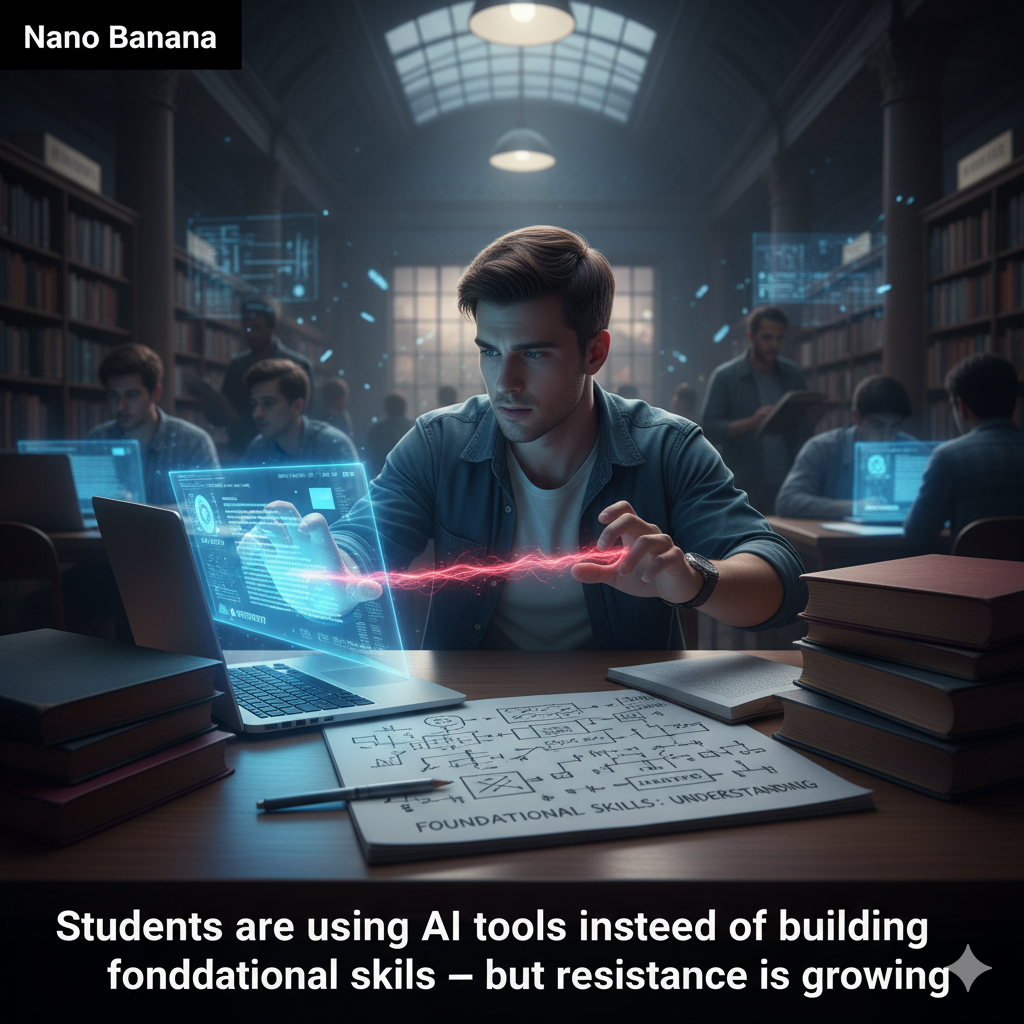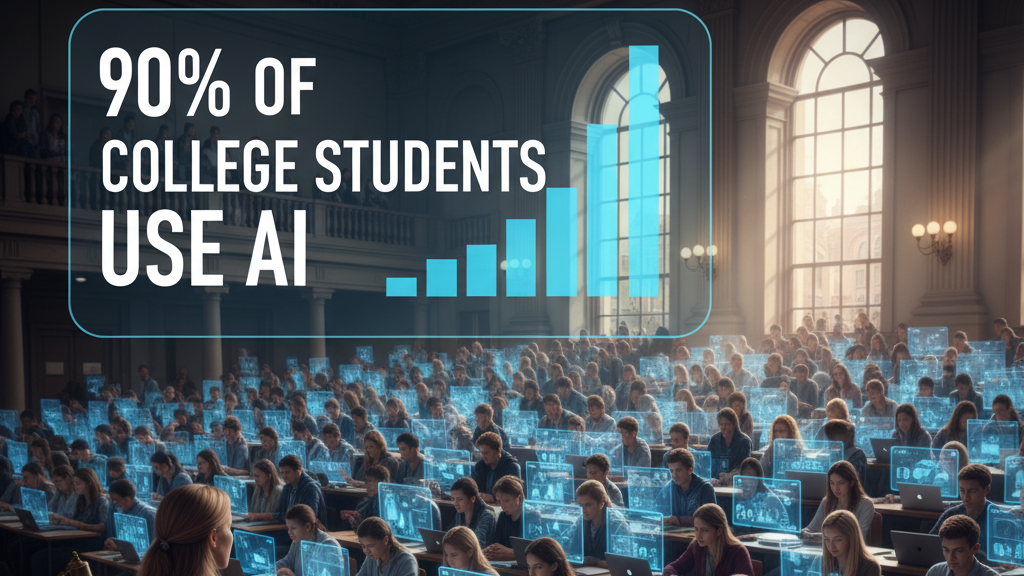
Source
The New Indian Express
Summary
The author argues that while AI teaching tools are gaining attention, their value shows only when paired with thoughtful pedagogy, not when used in isolation. Meta-analyses and classroom studies suggest AI tools (adaptive quizzes, personalised feedback) can enhance student performance and time management—but only in learning environments where human feedback, active engagement, and scaffolding remain central. AI should assist, not replace, the relational, ethical, and mentoring roles of teachers. Without integrating AI into active learning, its benefits are diluted; it risks becoming mere decoration.
Key Points
- AI tools deliver gains when embedded into active, interactive teaching—not used as standalone replacements.
- Meta-studies show stronger outcomes when technology is personalised and integrated rather than simply overlaid.
- Students report improved time management and performance when AI offers real-time feedback and adaptive quizzing.
- Pedagogical design (feedback loops, scaffolding, mentor oversight) remains essential; AI alone doesn’t do that work.
- AI cannot replicate human qualities such as creativity, ethics, judgement, and emotional understanding.
Keywords
URL
Summary generated by ChatGPT 5




